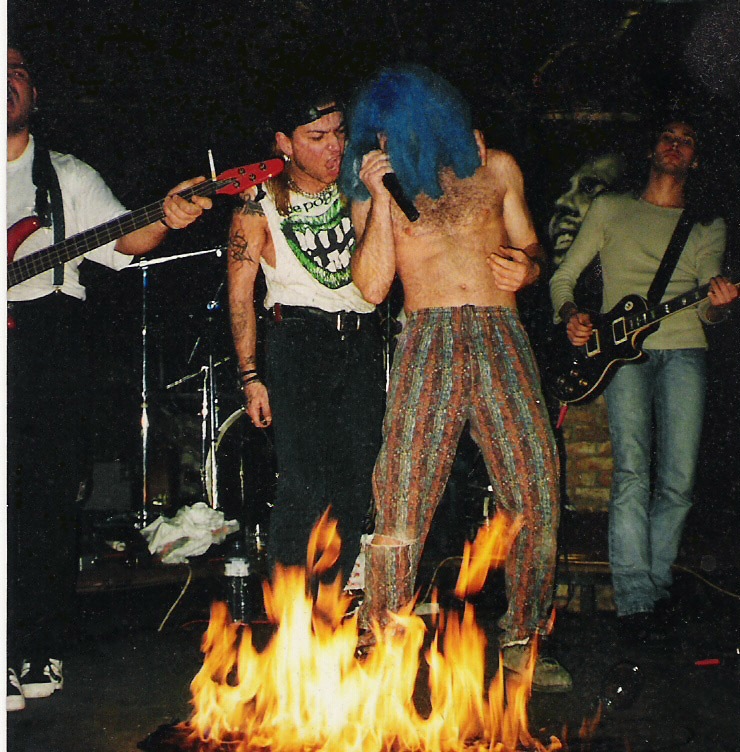You could eat anything in Ghangzhou. After walking around the markets where people offered to sell me toads, pit vipers, flying lizards and loads of things that I didn’t recognise, it was a relief to get back to sanity and order something familiar.

Posted April 9, 2014 Posted by Adam in Uncategorized
As usual, when wandering about by myself, I had teamed up with someone. On the train from Luxor to Aswan, it was Patricia, slightly relieved at finding a travel companion to reduce male attention for a while.
At Esna, she went for a walk along the train. She still wasn’t back when we started moving. This was in character so I wasn’t particularly worried but at the next stop, Edfu, I took a platform stroll to see if I could find her. She was walking back to our carriage. She said that she had been on the locomotive since Esna. This sounded interesting so I kept going to the front of the train.
The crew was friendly so I struck up a conversation and they invited me aboard. As we went along, I entered into the fraternity of the footplate. As soon as we cleared the platform, the driver’s assistant opened a little hatch in the floor. Out came a bottle, a small pipe, a cone and an intriguing package wrapped in foil. The bong was assembled and smoke inhaled all round.
The train proceeded at walking pace on the fringes of the Nile flood plain. I realised why this was necessary after a while. At intervals, people waiting by the line would stroll up to the train and climb up onto the footplate. There would be a quick exchange of goods. At the next settlement, some people would disembark, others would join the happy crew and we would move a little further along the line.
The train sped up a little in the intervals during which no ad hoc passengers were predicted but it was a long time before we reached Aswan, where we were attacked by ruthless felucca captains.

Posted April 9, 2014 Posted by Adam in Uncategorized
This was in the dark ages. My introduction to computers was in about 1974. Our Maths teacher was excited. He gave us each a stack of cards. He taught us some commands. We punched our cards. He took all of our cards to a building in Angle Park, in the northern suburbs of Adelaide. Two weeks later, we got a printout. In my case, it had what I had written on the punch cards. [23 * 34] and the answer that the giant mainframe had calculated [782]. ‘Wow,’ we went. This was the technological revolution.
I went to university in 1978. For some reason, I thought it would be a good idea to study Mathematics. This meant that I could book time on the university computer. It was housed in an exciting, climate-controlled room, humming with cooling fans and with those banks of flashing lights beloved of the early Dr Who series. There were even tape drives with reels turning backwards and forwards. What there wasn’t was a single video monitor.
This meant that when I put in my project submission to write a poker-playing program (The word ‘software’ wasn’t used until a while afterwards), it was approved but it would all need to be managed through a print terminal. This meant a standard keyboard with, instead of a screen to see what you were doing, a printer with sprockets, propelling a reel of that computer paper with holes on each side ever upwards. If I wanted to see my code, or the cards I was playing, I would have to print everything.
This was nothing like a current online poker game. My cards were written in ASCII symbols so when I saw the printed versions, they were composed of alphanumeric symbols arranged in a sort of grid with a rough representation of , say, the 7 of diamonds. As a game, it sort of worked OK. It would deal you and the dealer 5 cards, let you change any of them, then tell you what you and the dealer had and announce whether or not you had won that hand. It took an astonishingly long time to write (in BASIC) and it was magnificently unrewarding to play.
When the university took delivery of some VDUs (Visual Display Units), I was overjoyed. Despite the glacial refresh rate of the monitor, I could now see my cards almost as soon as I had dealt them and not have to print each subsequent change. The university must have recouped the costs of the VDUs in the first year from the reduction in my paper usage. I didn’t go much further with that, having discovered that there were loads of exciting things that one could study that weren’t Maths and consequently switching to another course. However, I retained my computer room privileges.
After that, I was involved in equipping a small Australian country school with Vic 20s, later replacing them with Commodore 64s. Later my department bought a laser disc player, which quickly went the same way as the Betamax. I’ll try and keep up.

Posted April 9, 2014 Posted by Adam in Uncategorized


Posted April 9, 2014 Posted by Adam in Uncategorized


« Previous Entries Next Entries »
